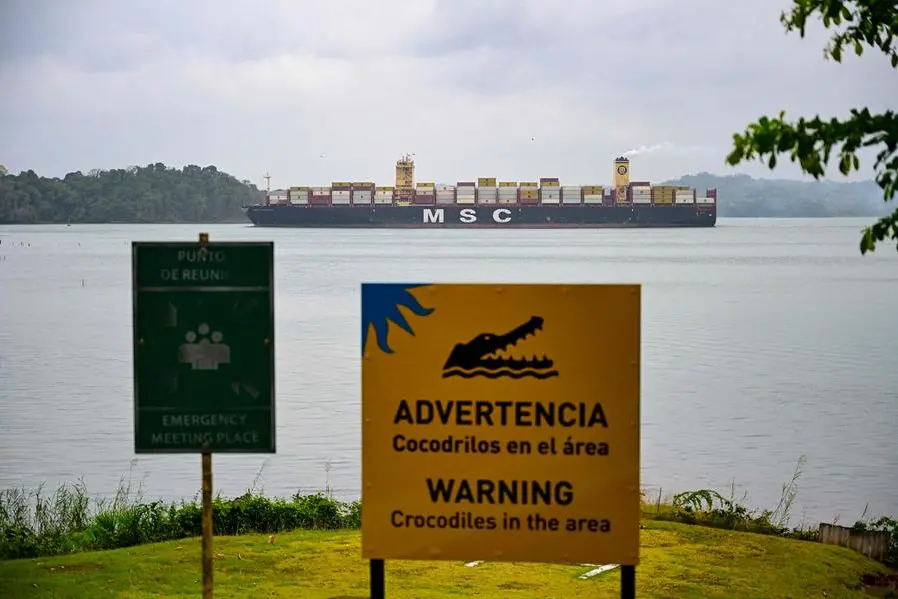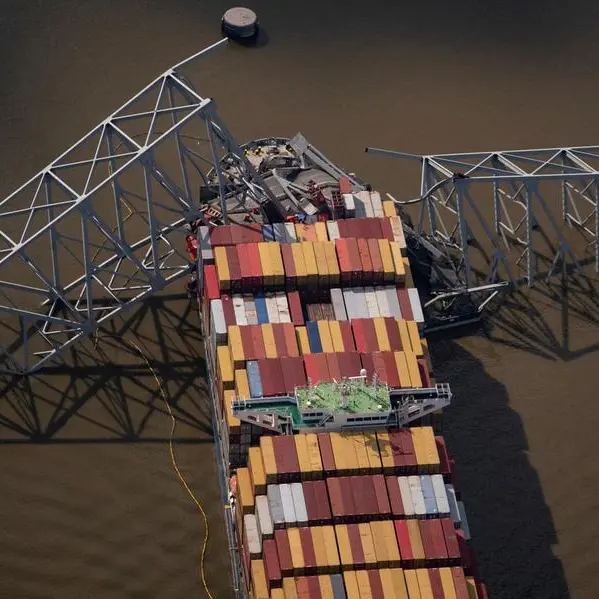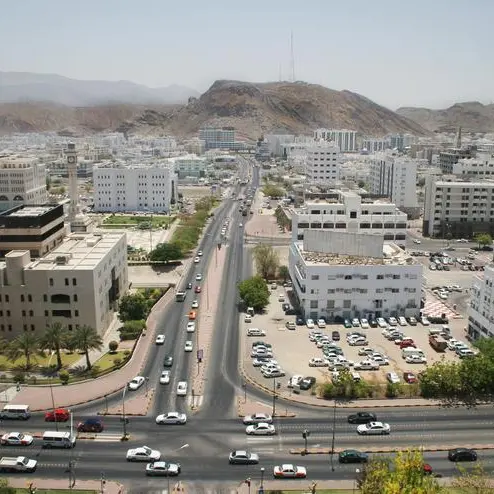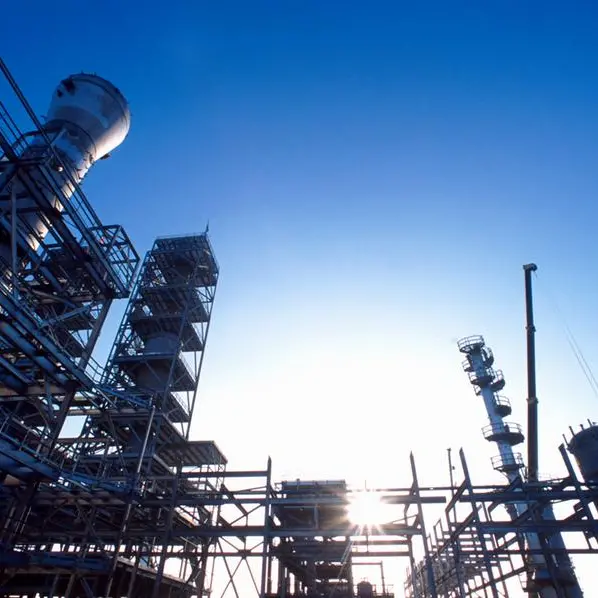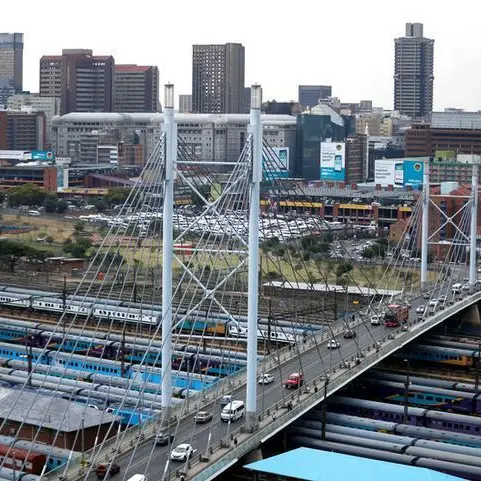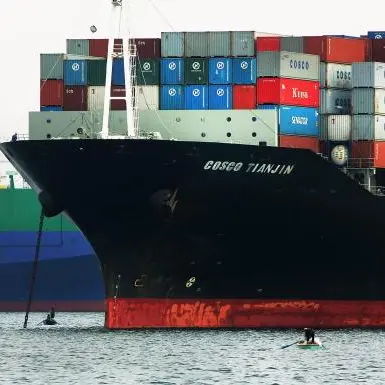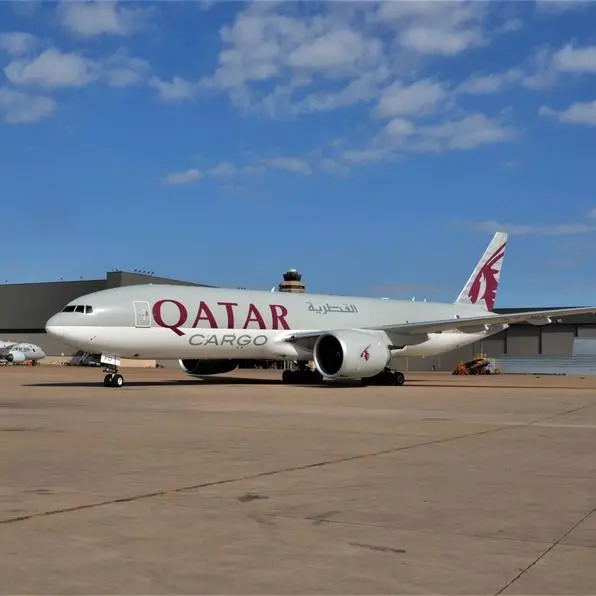PHOTO
Traffic through the Panama Canal could return to normal by next February, its administrator said, after record-low water levels limited the number of ships able to transit through the global pipeline.
Since last year, authorities have had to limit vessel traffic through the canal, which handles about six percent of global maritime trade.
The waterway operates entirely from water collected through rainfall, and has been hard hit by the combination of climate change and the El Nino weather phenomenon.
"We hope that before February 2025, the situation will normalize," administrator Ricaurte Vasquez told reporters on Wednesday.
He said the La Nina weather pattern, which is characterized in Central America by an increase in rainfall, should soon replace El Nino conditions, which produce the opposite effect.
"The indications point to a moderate La Nina" that could begin around April, and "a greater likelihood of intensity increasing in July and August," Vasquez said.
The extra rainfall will not produce immediate changes to the volume of traffic however, as the shipping industry cannot adapt that quickly, he said.
The canal, which was inaugurated by the United States in 1914, requires fresh water to move ships through the lock system.
For each ship, about 200 million liters of fresh water must be discharged into the ocean, with the water drawn from nearby Gatun and Alhajuela lakes.
According to authorities, 2023 was the second-driest year in the canal watershed's recorded history.
